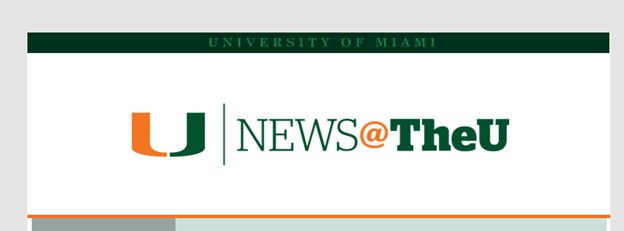A cross-regional, cross-laboratory investigation of viral pathogens and surrogates in wastewater for non-potable reuse
EPA Grant Number: R840257
Title: A cross-regional, cross-laboratory investigation of viral pathogens and surrogates in wastewater for non-potable reuse
Investigators: Jiang, Sunny C. , Whiteson, Katrine , Rosso, Diego , Solo-Gabriele, Helena , Sherchan, Samendra , Bischel, Heather N , Yan, Tao , Goel, Ramesh
Institution: University of California – Irvine , University of Miami , Tulane University , University of California Davis , University of Hawaii, Manoa , University of Utah
EPA Project Officer: Ludwig-Monty, Sarah
Project Period: August 1, 2021 through July 31, 2024
Project Amount: $1,240,000
RFA: Viral Pathogen and Surrogate Approaches for Assessing Treatment Performance in Water Reuse (2021) RFA Text | Recipients Lists
Research Category: Water Treatment
Description:
Municipal wastewater reclamation and reuse represents an important opportunity to meet human civilization’s ever-increasing water demands. The goal of this project is to address public health concerns about human viral pathogens in treated wastewater for non-potable reuse across the United States.
Objective:
The specific objectives of the research are to: 1) identify a suite of viral pathogens and surrogates, and their detection methods that may best serve as the indication of viral risk in water reuse; 2) compare viral pathogen and surrogate detection methods in wastewater by different labs in order to develop a set of Standard Operational Protocols (SOP) that can be adopted as standard methods by water utilities; 3) apply the SOPs to wastewater samples collected from wastewater reclamation plants across the U.S., from Miami to Hawaii, at different seasons and treatment processes to identify the best markers for viral risk in water reuse; 4) develop Artificial Neural Network (ANN) models to predict infectious viruses in the effluent using pathogen/surrogate and treatment conditions; and 5) integrate the outcomes from the cross-regional and cross-laboratory study into quantitative microbial risk assessment (QMRA) models to estimate health risk from exposure to the water for non-potable reuse.
Approach:
The experimental approaches include both culture-based infectivity assay and molecular biology methods for detecting viral pathogens and surrogates. The detection targets include human enterovirus, norovirus and Aichi virus that contain single-stranded RNA genome and human adenovirus that represents double-stranded DNA virus. PCR-detection of CrAssphage and PMMoV will be used as molecular markers and infectivity assay of somatic and F-specific coliphage are used as surrogates for survival of infectious viruses. New enterobacteria hosts will be evaluated for plaque assays of coliphages in wastewater beyond the two E. coli hosts recommended by the EPA methods because the coliphage concentration may vary significantly based on the host strain used and the wastewater source. In addition, the direct monitoring of total virus-like particles by flow cytometry will be used as a near real-time sensor for reporting viral quality of finished waters. The project connects academic researchers from eight different institutions and industrial partners from wastewater utilities to share complementary experience and viewpoints in wastewater reuse and viral risk.
Expected Results:
The expected outcomes of the project will be a list of recommendations as the best methods for identifying the viral risk for non-potable water reuse and SOPs for these methods.



